Desperation-Tinged Gift Ideas
Every year, Tedium looks back and publishes a last-minute gift guide full of odd crap we found from the prior 12 months. Think we’re gonna change gears now?
Editor’s note: Looking for more ideas in the same vein? We recommend you check out our guides from 2017, 2016, and 2015. As anyone in the digital content game knows, there always plenty of sap in a good evergreen.
A lot of important things happened in 1994. For one, Weezer, Matt Damon’s favorite band, released its Leslie Jones-approved first album that year. And it was the year Netscape was founded, so that was something. But perhaps the most important thing happened in the pages of The New Yorker, when the department store chain Neiman Marcus published a small ad announcing that it was selling electronic gift cards. As I wrote in January, it was quietly groundbreaking (even if its history was somewhat forgotten), and created a world where people could stop feeling guilty about just offering an abstracted form of currency to their loved ones, rather than a gift they didn’t actually want. If you’re not sure where to go, get the gift of gift cards, and if you’re feeling extra Scroogy, get the gift of gift cards of defunct companies like Blockbuster. We won’t judge.
From the perspective of faded tech titans, we ended this year on a somewhat depressing note, what with Verizon’s slow recursion of the Yahoo/AOL buzzword salad that was Oath. And don’t get me started on what those jerks did to Tumblr. (Side note: I’ve heard rumblings that my theory that Verizon’s name was directly inspired by the band Vertical Horizon are true. If you work for Verizon and have any inside info, bug me.) But a good way to live the glory days of tech icons past is by reflecting on the internet of days past, which we did multiple times this year with our pieces on the community-driven Free-Net, and separately, the rise of “free” internet services like NetZero and Juno. You can still get online with NetZero and Juno, which means that if there’s a tech neophyte straggler in your family tree, you should buy them a modem to highlight how really behind the times they are. Tell them it’s fast.
Do you have an engineer on your list, or at the very least, someone who likes math? Is that person above things that require power or electricity to operate, and scoffs at the idea of batteries? Do they like knobs, switches, and dials? Are they into things that have interesting stories behind them, possibly around the time of World War II? Is money no object? If so, they might be a candidate for a Curta Calculator, a rare example of an object that never appears to lose its value on eBay. The mechanical device, which has a dramatic origin story, is an elaborate mechanical calculator with many fascinating elements to its functionality, and if you buy one on eBay, it costs about as much as an iPad Pro.
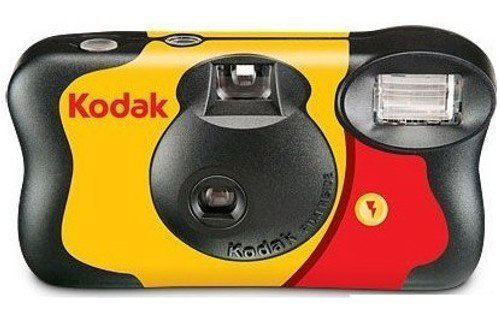
On the other end of the cost spectrum, there’s the disposable camera, an object that reflects a time when photography was becoming more accessible, but still wasn’t, say, in the realm of Instagram. As I pointed out in August, the term “disposable” was largely a misnomer by the time the device truly went mainstream—Kodak and Fuji had gotten quite good at recycling the cameras they sold to consumers—but the devices still have a certain appeal to them, making them a decent throwback gift. Anything to discourage Kodak from the blockchain.
No ceremony is complete without a roll of ribbon and a gigantic pair of scissors. Back in May, I highlighted the somewhat hazy history of the ribbon-cutting ceremony, focusing specifically on the fact that there’s little documentation that pinpoints when the phenomenon actually started. (My best educated guess: It was transferred from boat christenings.) I specifically give a shout-out to the excellent Golden Openings for their role in making ribbon cuttings an important phenomenon, but if you’re in a pinch and need giant scissors and a ribbon with two-day shipping, there’s always Amazon. (Sadly, the scissors are only available in one size.) If you’re seriously using this as a gift guide, you probably need the help.
Don’t be fooled by the case and the odd structure of the device above: It’s not a weird vape pen you’ve never run into before. No, it’s a reusable straw. The issues of waste that have led the fate of the plastic straw to remain a Tedium mainstay two years in a row—the update we did in July was necessary because after we first got to it, the issue had gotten shockingly divisive—also have led to innovations in reusable straw design that have made the objects more potentially useful in the long run. Which means that there are plenty of straw-relatedgiftoptions this year.
(Mike Kalasnik/Flickr)
It’s always sad when a retail icon loses its place in the conversation, but there’s perhaps no sadder example of this than the onetime retail giant Sears. As I noted in August, Sears was an important chain from the perspective of tech innovation—it was one of the first major retailers to sell home calculators, helped take the home computer to the mainstream, struck an early deal with Atari, and played a key role in one of the first mainstream online services, Prodigy. (The company also helped cover Bob Vila’s bills for more than a decade.) Of course, their innovation goes way back to the catalogues that they published for roughly a century. You can get the more recent ones online, but they actually print the older ones, which make for great coffee table books.
(David Buck)
After David Buck wrote his excellent piece on the British game developer Codemasters, I admit to going on eBay and buying an Aladdin Deck Enhancer, the device the company sold that effectively allowed it to save money on producing games for NES consoles. The Aladdin is generally sold in “new old stock” form, and I’ve yet to open mine, even though I got it six months ago. (I guess I’m waiting for it to go up in value, even though it’s actually gone down in value in the past 25 years.) Buck, by the way, wrote a number of great Nintendo-related pieces for Tedium this year, including a lengthy one about modern-day NES developers (many using the NES Maker tool) and an interview with the Nintendo-inspired musician Brentalfloss.
If it was a pop-culture phenomenon of some kind, a board game probably exists for it, and many of the topics we’ve covered on Tedium over the years have a board game in some way, shape, or form. This year alone, we’ve featured pieces on Sniglets (here’s the board game) and The Three Stooges (here’s the really expensive themed Monopoly game). Additionally, Miss Cleo, who we literally wrote about just last week, had her Tarot Power decks. (Unfortunately, despite much looking, I was unable to find a board game about C. Everett Koop. Sorry, guys.) One of the strangest phenomena I got a chance to write about this year was the VCR board game, complete with examples of Rich Little playing charades for two hours.
This stapler is head-turning.
Perhaps a personal highlight for me, as editor of this publication, was the creation of my first printed zine, something I finally had the chance to mail out in October. (I’m hoping to do another one soon, by the way, but I have other things on my agenda at the moment, including a well-in-the-works redesign of the Tedium site.) The result of this process was it got me thinking about the staple, in part because I didn’t have the right stapler to do my handmade book-binding justice, which meant that recipients of this zine got to see how good I was at folding staples by hand. (Read: Not very.) Don’t make the same mistake I did—if you have a loved one who is publishing a booklet-style zine, buy the right tool. Get a stapler that swivels, so you can attack that stack of paper from all sides.
Perhaps the greatest gift that this newsletter affords me is the gift of reassessment. This gig allows me to dig through decades of history and rediscover things that I only vaguely remember, or stumble upon topics that I wish I had been aware of when they came around the first time.
I hit upon this revelation recently after watching the guys at Cinemassacre reassess the Arnold Schwarzenegger Christmas movie Jingle All the Way, a film that probably got more hate than it actually deserved when it first came out. Culture hits us so fast that it’s important to take a step back and reconsider it, even if it involves the former governor of California fighting to beat the comedian Sinbad to an iconic toy. It was a mainstream film that was not well-loved, but it still deserves reassessment. Someone has to do it, and fortunately, James Rolfe and his pals were up to the task.
Of course, there are always gaps. One such gap surfaced earlier this year when Tedium contributor Andrew Egan told me about something called Uncle John’s Bathroom Reader, a book series I was completely unfamiliar with before he told me about it. He wrote a piece about it, and it was pretty great. But when he was writing about it, he stumbled upon a brief piece of information about an old cable network. It was small, but it really stood out.
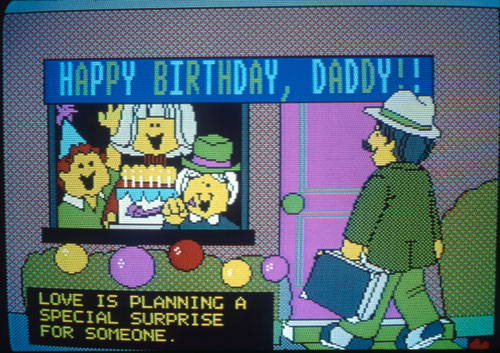
(Barco Library at the Cable Center)
We immediately knew we had to write about it, and between Andrew and I, we spent roughly a month researching the story of this network, which we published back in April. It’s my favorite piece of 2018, and I didn’t even write it! The story of Genesis StoryTime came about because we took the time to reassess something that most people wouldn’t even think to reassess. But by doing so, we were able to uncover something truly fascinating.
That’s the real gift we get out of this Tedium thing. Thanks for letting us share it with you, no matter where it takes us.
:format(jpeg)/uploads/tedium121818.gif)
/uploads/tedium121818.gif)


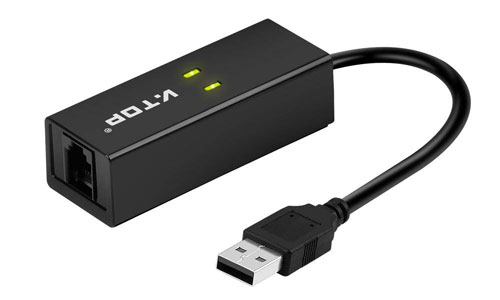
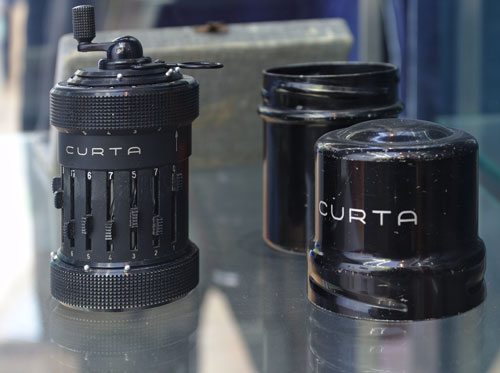

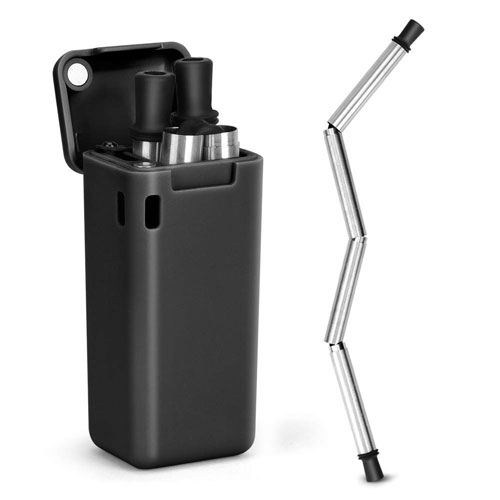

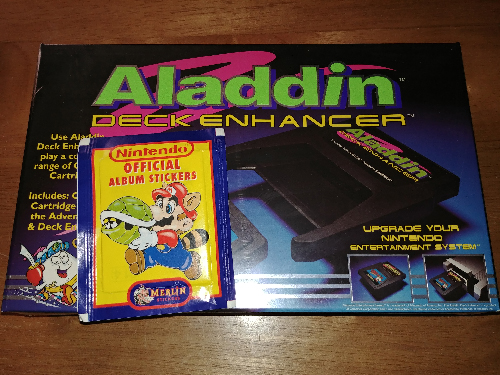
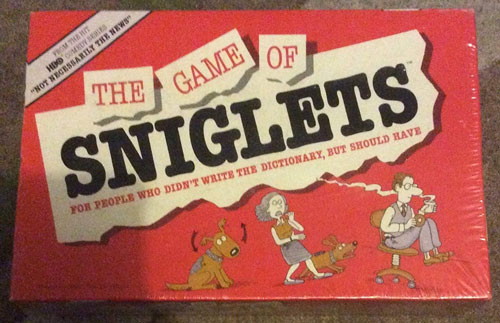
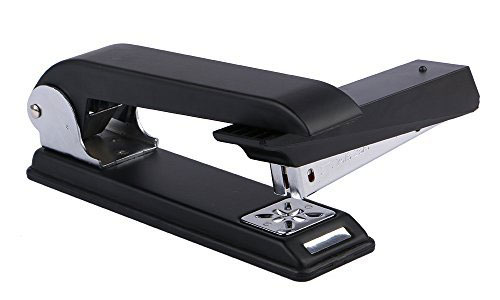
/uploads/ernie_crop.jpg)